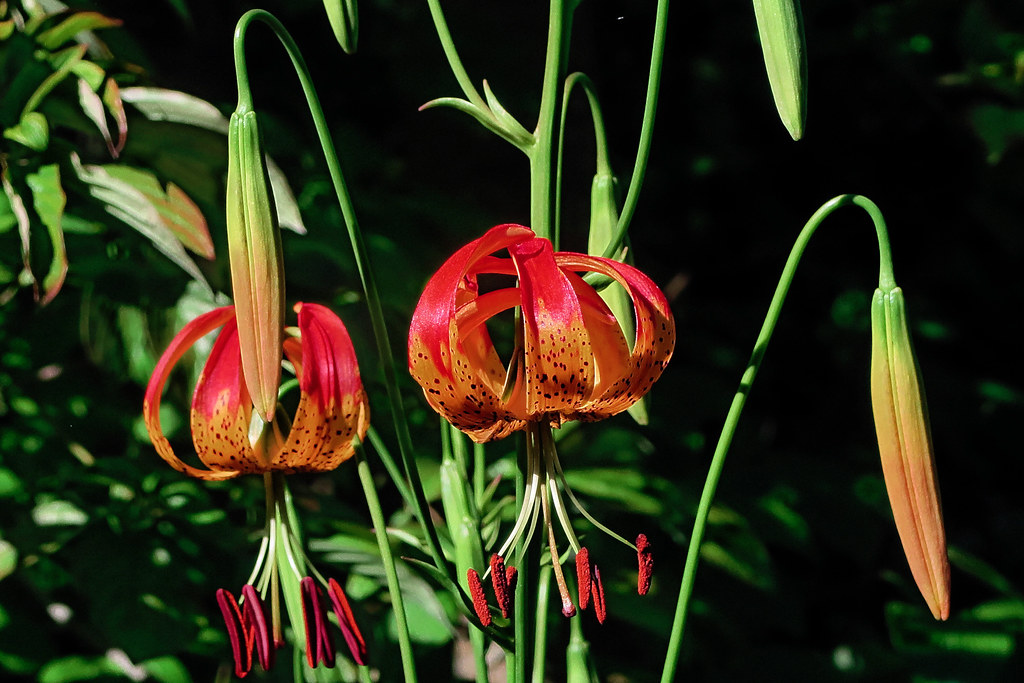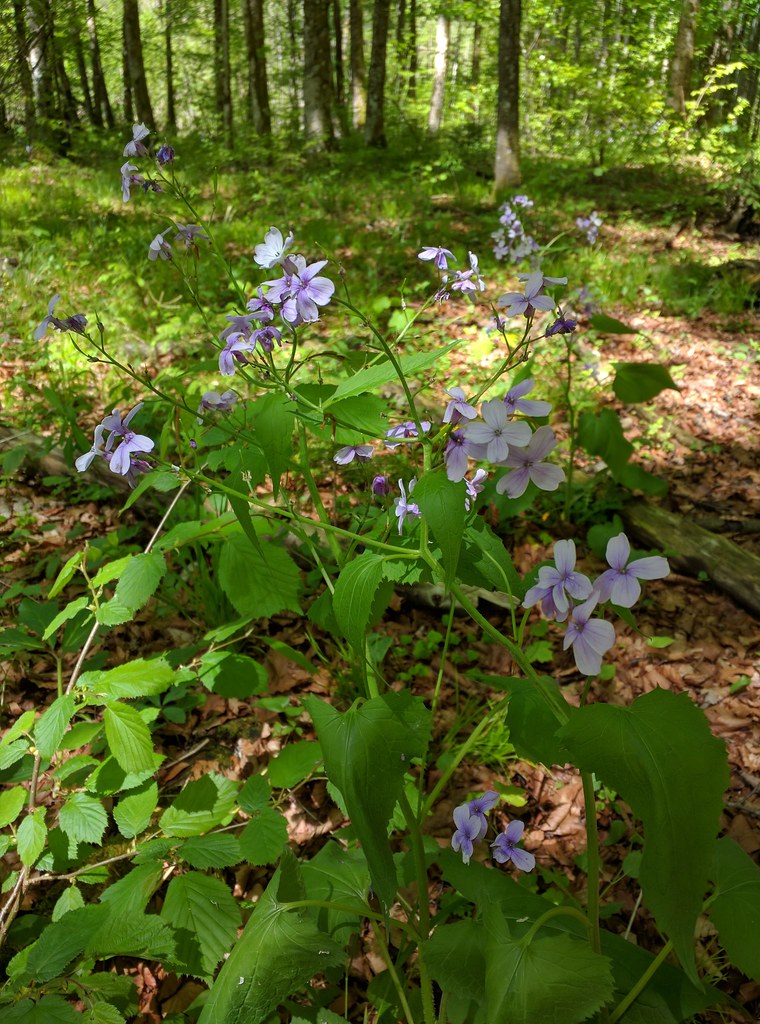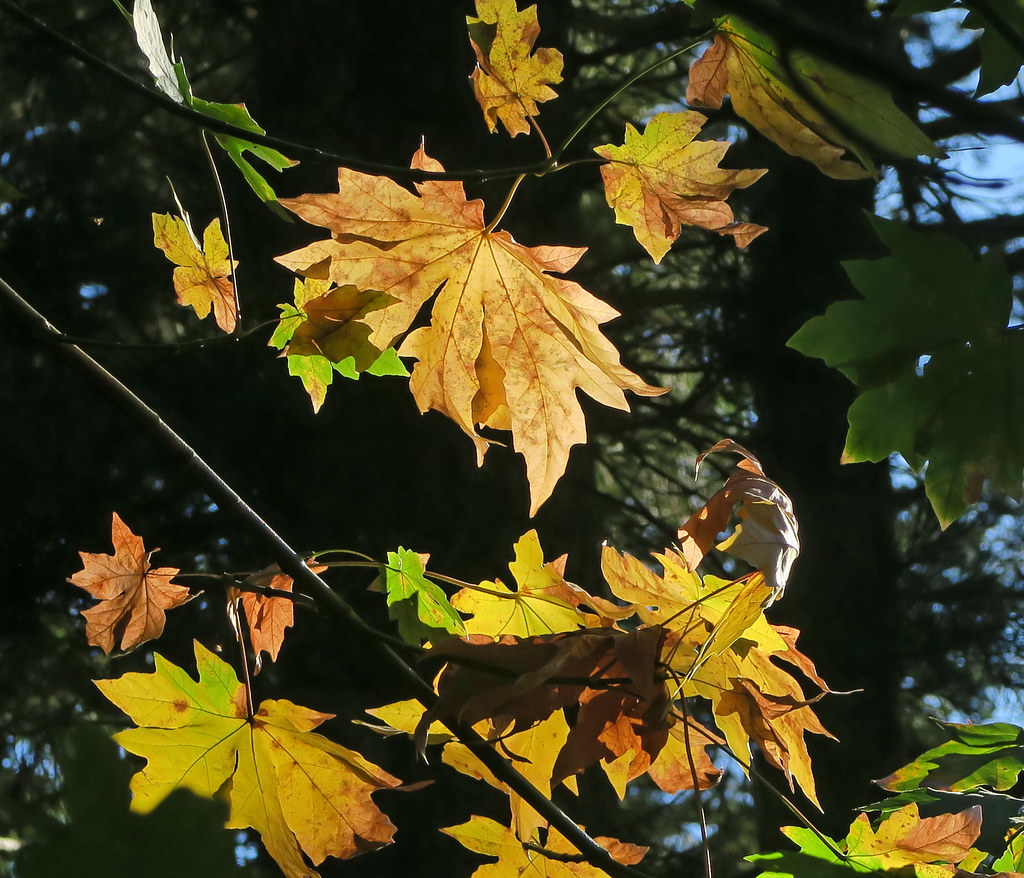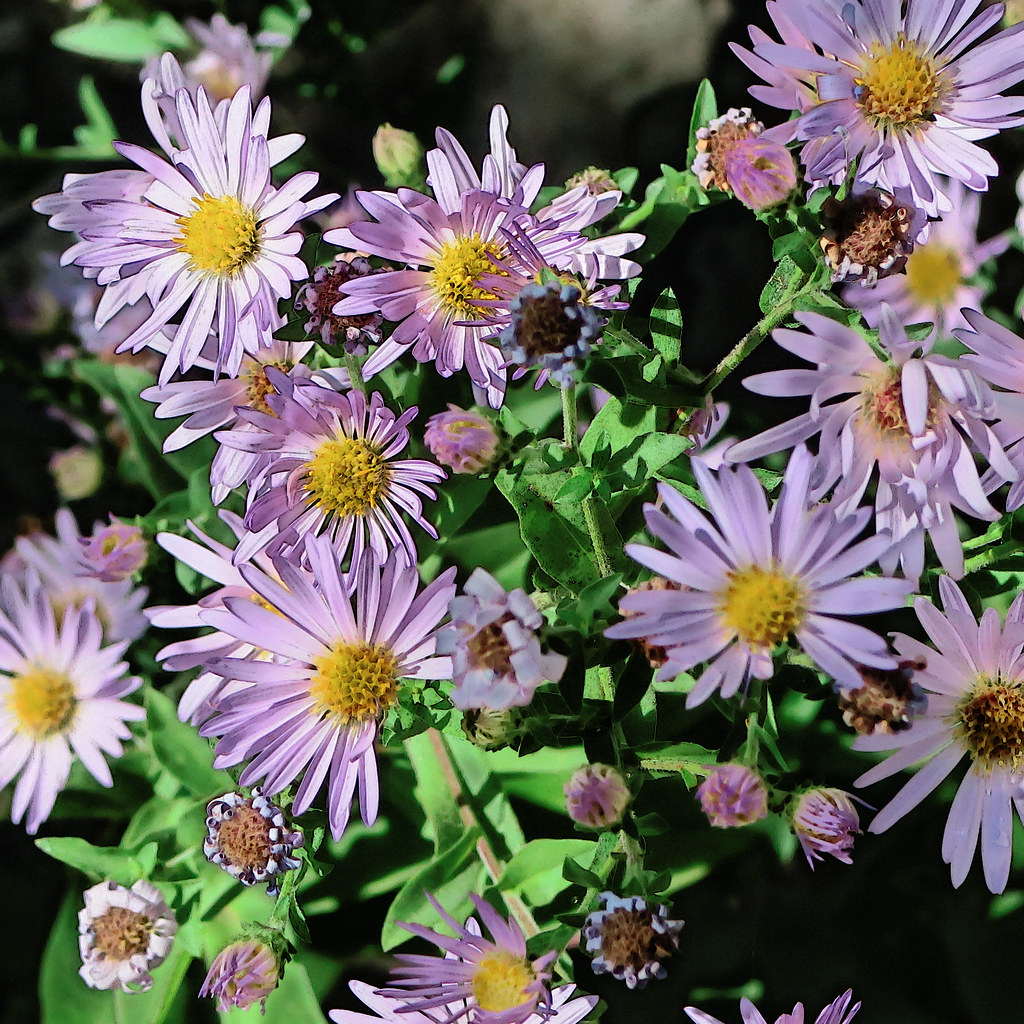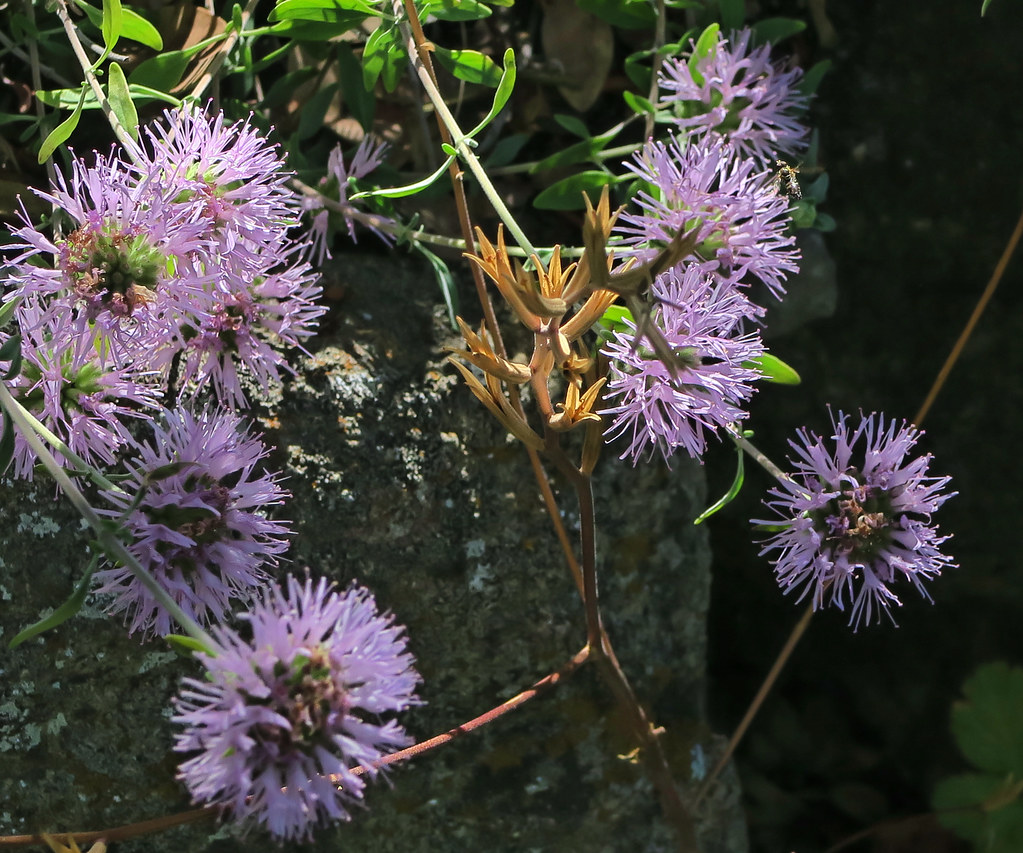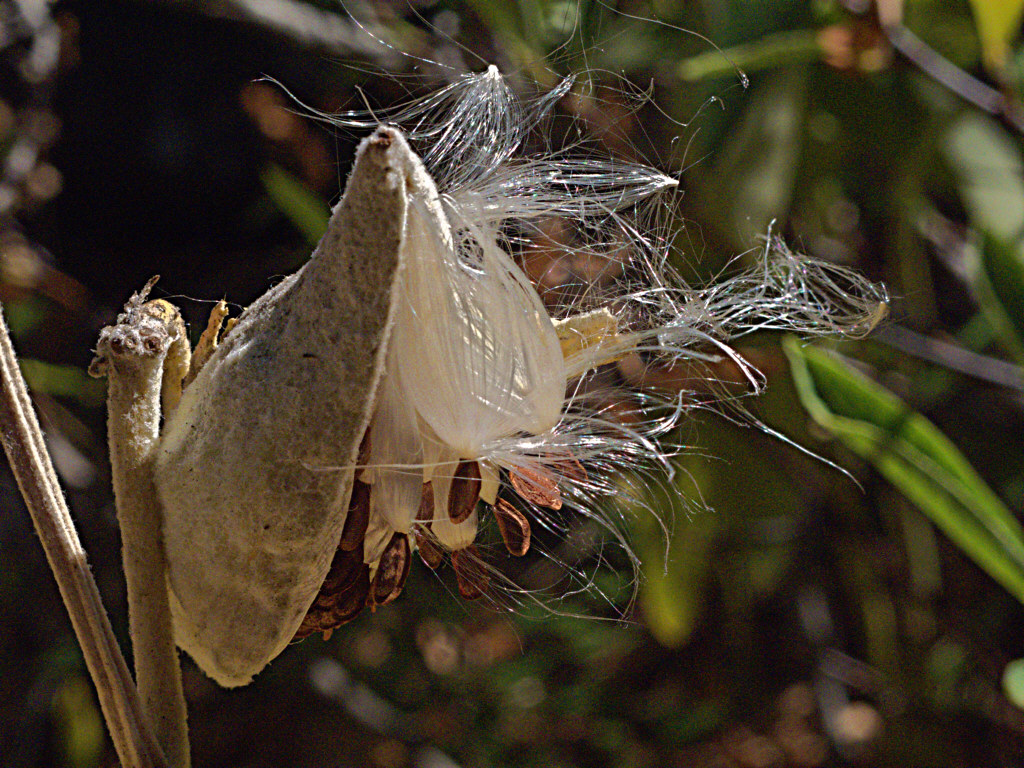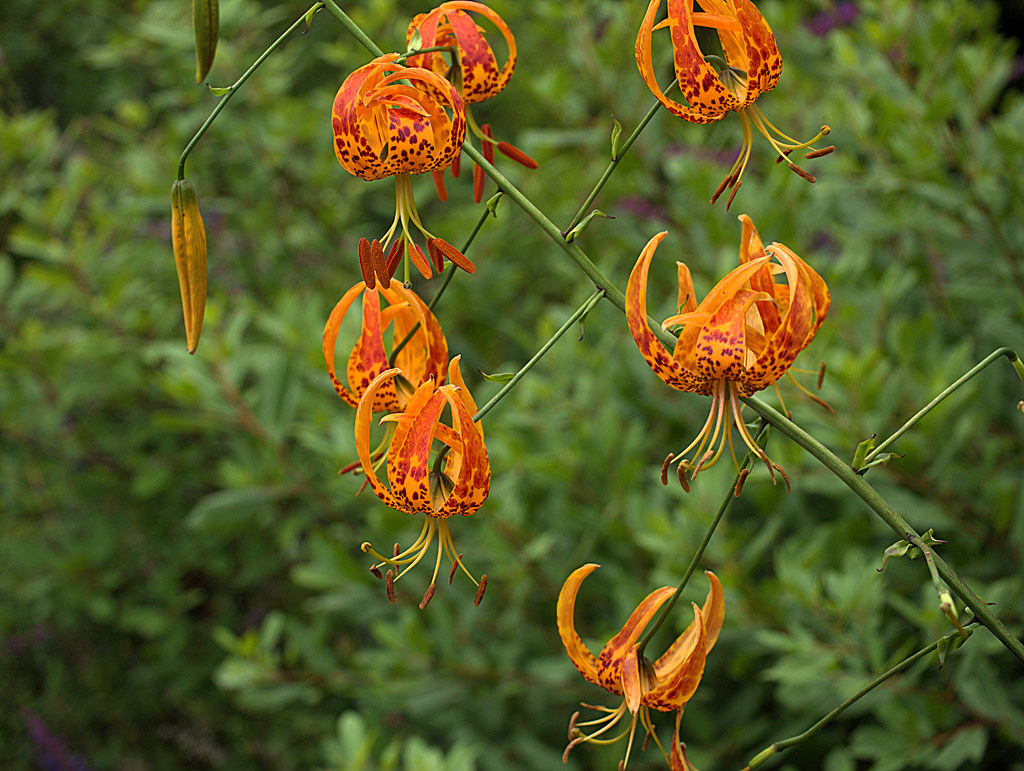#taxonomy:phylum=Magnoliophyta
Video
J20161013-0046—Bahiopsis laciniata—RPBG—DxO by John Rusk
Via Flickr:
Bahiopsis laciniata—San Diego County viguiera. Formerly known as Viguiera lacinata. The range of B. laciniata extends southward from San Diego County to the Central Desert in Baja California. It has been used in restoration projects as far north as the San Francisco Bay Area to the displeasure of some restoration ecologists. Las Pilitas Nursery say the plant flowers nearly year around, an observation confirmed by the experience of Regional Parks Botanic Garden. Photographed at Regional Parks Botanic Garden located in Tilden Regional Park near Berkeley, CA.
#ebparksok#DxO Film Pack#DxO Fuji Velvia 50 preset#taxonomy:kingdom=Plantae#Plantae#Tracheophyta#taxonomy:phylum=Magnoliophyta#Magnoliophyta#taxonomy:class=Magnoliopsida#Magnoliopsida#taxonomy:order=Asterales#Asterales#taxonomy:family=Asteraceae#Asteraceae#taxonomy:genus=Bahiopsis#Bahiopsis#taxonomy:species=laciniata#taxonomy:binomial=Bahiopsis laciniata#Bahiopsis laciniata#San Diego County Viguiera#taxonomy:common=San Diego County Viguiera#taxonomy:superphylum=tracheophyta
8 notes
·
View notes
Video
J20170706-0028—Lilium pardalinum ssp shastense—RPBG—DxO by John Rusk
Via Flickr:
Lilium pardalinum ssp. shastense—Shasta lily. Separated from the species in 2002. The flower differs, according to some references, by having a slightly more flattened appearance. Grows from Plumas County north to the area around Mount Shasta and westward into Trinity and Siskiyou County. It probably is found near Klamath Falls, Oregon as well. Photographed at Regional Parks Botanic Garden located in Tilden Regional Park near Berkeley, CA.
#DxO Fuji Velvia 50 preset#DxO Film Pack#ebparksok#taxonomy:kingdom=Plantae#Plantae#taxonomy:subkingdom=Tracheophyta#Tracheophyta#taxonomy:phylum=Magnoliophyta#Magnoliophyta#taxonomy:class=Liliopsida#Liliopsida#taxonomy:order=Liliales#Liliales#taxonomy:family=Liliaceae#Liliaceae#taxonomy:genus=Lilium#Lilium#taxonomy:species=pardalinum#taxonomy:binomial=Lilium pardalinum#taxonomy:trinomial=Lilium pardalinum shastense#Lilium pardalinum shastense#shasta lily#taxonomy:common=shasta lily
0 notes
Video
Perennial Honesty by Robbin D. Knapp
Via Flickr:
Perennial Honesty (Ausdauernde Silberblatt, Lunaria rediviva), 2016-05-22, Austria
#taxonomy:kingdom=Plantae#Plantae#taxonomy:superphylum=Tracheophyta#Tracheophyta#taxonomy:phylum=Magnoliophyta#Magnoliophyta#taxonomy:class=Magnoliopsida#Magnoliopsida#taxonomy:order=Brassicales#Brassicales#taxonomy:family=Brassicaceae#Brassicaceae#taxonomy:genus=Lunaria#Lunaria#taxonomy:species=rediviva#taxonomy:binomial=Lunaria rediviva#Mondviole#perennial honesty#Lunaria rediviva#taxonomy:common=Mondviole#taxonomy:common=perennial honesty
0 notes
Video
J20160623-0092—Ipomopsis tenuifolia—RPBG by John Rusk
Via Flickr:
Ipomopsis tenuifolia—Slenderleaf skyrocket. The species is included in the CNPS Inventory of Rare and Endangered Plants on list 2B.3 (rare, threatened, or endangered in CA; common elsewhere). It has a California State Rank of S2. There are just a small number of populations in San Diego and Imperial counties not far north of the border. Luckily, the plant is much wider spread in northern Baja California. The exserted stamens and style help identify this species. Photographed at Regional Parks Botanic Garden located in Tilden Regional Park near Berkeley, CA.
#ebparksok#stamen#taxonomy:kingdom=Plantae#Plantae#taxonomy:superphylum=Tracheophyta#Tracheophyta#taxonomy:phylum=Magnoliophyta#Magnoliophyta#taxonomy:class=Magnoliopsida#Magnoliopsida#taxonomy:order=Ericales#Ericales#taxonomy:family=Polemoniaceae#Polemoniaceae#taxonomy:genus=Ipomopsis#Ipomopsis#taxonomy:species=tenuifolia#taxonomy:binomial=Ipomopsis tenuifolia#Ipomopsis tenuifolia#slender-leaved ipomopsis#taxonomy:common=slender-leaved ipomopsis#style
19 notes
·
View notes
Video
J20161006-0017—Acer macrophyllum—RPBG by John Rusk
Via Flickr:
Acer macrophyllum—bigleaf maple. California does not possess the large areas of hardwood forests that cover much of the eastern United States. Displays of fall colors are localized and limited for the most part to understory shrubs and trees. There are, of course, the glorious aspens as well as several species of maples. Bigleaf maple is simply glorious when the sun backlights the leaves. Photographed at Regional Parks Botanic Garden located in Tilden Regional Park near Berkeley, CA.
#ebparksok#taxonomy:kingdom=Plantae#Plantae#Tracheophyta#taxonomy:phylum=Magnoliophyta#Magnoliophyta#taxonomy:class=Magnoliopsida#Magnoliopsida#taxonomy:order=Sapindales#Sapindales#taxonomy:family=Sapindaceae#Sapindaceae#taxonomy:genus=Acer#Acer#taxonomy:species=macrophyllum#taxonomy:binomial=Acer macrophyllum#Acer macrophyllum#big-leaf maple#Oregon maple#canyon maple#taxonomy:common=big-leaf maple#taxonomy:common=Oregon maple#taxonomy:common=canyon maple#taxonomy:superphylum=tracheophyta
3 notes
·
View notes
Video
E20161004-0001—Calliandra californica by John Rusk
Via Flickr:
Calliandra californica—Baja fairy duster. This plant, a native of Baja California, barely makes it into the California Floristic Province. I have another photo of the species in habitat at a location that must be near the southern border of the province. This specimen has been growing in a sunny, well-protected spot on the west side of our home since the late 1990s. It blooms every year. Photographed at a private garden in Berkeley, CA
#taxonomy:kingdom=Plantae#Plantae#taxonomy:phylum=Tracheophyta#Tracheophyta#taxonomy:phylum=Magnoliophyta#Magnoliophyta#taxonomy:class=Magnoliopsida#Magnoliopsida#taxonomy:order=Fabales#Fabales#taxonomy:family=Fabaceae#Fabaceae#taxonomy:genus=Calliandra#Calliandra#taxonomy:species=californica#taxonomy:binomial=Calliandra californica#Calliandra californica#Baja Fairy Duster#Chuparosa (Mexico)#taxonomy:common=Baja Fairy Duster#taxonomy:common=Chuparosa (Mexico)
2 notes
·
View notes
Video
J20160926-0030—Symphyotrichum chilense—RPBG—DxO by John Rusk
Via Flickr:
Symphyotrichum chilense—Pacific aster. The name "chilense" is a misnomer as it it not a Chile native but it found in many plant communities along the Pacific coast from British Columbia to Santa Barbara and Ventura counties in California. A hardy perennial suited for informal gardens. S. chilense requires almost no summer water once estabished. The color of the ray flowers can vary from deep purple to nearly pure white. Photographed at Regional Parks Botanic Garden located in Tilden Regional Park near Berkeley, CA
#ebparksok#DxO Film Pack#DxO Fuji Velvia 50 preset#taxonomy:kingdom=Plantae#Plantae#taxonomy:phylum=Tracheophyta#Tracheophyta#taxonomy:phylum=Magnoliophyta#Magnoliophyta#taxonomy:class=Magnoliopsida#Magnoliopsida#taxonomy:order=Asterales#Asterales#taxonomy:family=Asteraceae#Asteraceae#taxonomy:genus=Symphyotrichum#Symphyotrichum#taxonomy:species=chilense#taxonomy:binomial=Symphyotrichum chilense#Pacific Aster#Symphyotrichum chilense#taxonomy:common=Pacific Aster
2 notes
·
View notes
Video
J20150827-0061—Keckiella antirrhinoides—RPBG by John Rusk
Via Flickr:
Keckiella antirrhinoides— snapdragon penstemon. The species is native to chaparral and deserts of California, Nevada, and Arizona. It range extends well south into Baja California. Keckiella antirrhinoides serves as a host plant to common buckeye and desert checkerspot butterflies. It i s also beloved by hummingbirds. This Keckiella is a drought-deciduous plant whose blooming season can be extended by a few spritzes of water every now and then. Photographed at Regional Parks Botanic Garden located in Tilden Regional Park near Berkeley, CA
#taxonomy:kingdom=Plantae#Plantae#taxonomy:superphylum=Tracheophyta#Tracheophyta#taxonomy:phylum=Magnoliophyta#Magnoliophyta#taxonomy:class=Magnoliopsida#Magnoliopsida#taxonomy:order=Lamiales#Lamiales#taxonomy:family=Plantaginaceae#Plantaginaceae#taxonomy:genus=Keckiella#Keckiella#taxonomy:species=antirrhinoides#taxonomy:binomial=Keckiella antirrhinoides#Keckiella antirrhinoides#chaparral beardtongue#taxonomy:common=chaparral beardtongue
2 notes
·
View notes
Video
J20170810-0070—Eriogonum parvifolium—RPBG—DxO by John Rusk
Via Flickr:
Eriogonum parvifolium—seacliff buckwheat. Eriogonum parvifolium grows on dunes and sea bluffs from Monterey County south to San Diego County. It has escaped from cultivation in the San Francisco Bay Area and is sometimes found along the seacoast. The plant blooms year-round. It is the host plant for two butterflies listed by the federal government as endangered: the El Segundo dotted-blue (Euphilotes battoides allyni), near Los Angeles, and Smith's dotted-blue (Euphilotes enoptes smithi), near Monterey. The Los Angeles International Airport in engaged in a notable restoration effort aimed at protecting one of the three remaining colonies for the El Segundo dotted-blue. Photographed at Regional Parks Botanic Garden located in Tilden Regional Park near Berkeley, CA
#DxO Kodak Porta 160 VC preset#DxO Film Pack#ebparksok#taxonomy:kingdom=Plantae#Plantae#taxonomy:subkingdom=Tracheophyta#Tracheophyta#taxonomy:phylum=Magnoliophyta#Magnoliophyta#taxonomy:class=Magnoliopsida#Magnoliopsida#taxonomy:order=Caryophyllales#Caryophyllales#taxonomy:family=Polygonaceae#Polygonaceae#taxonomy:genus=Eriogonum#Eriogonum#taxonomy:species=parvifolium#taxonomy:binomial=Eriogonum parvifolium#Eriogonum parvifolium#Seacliff Wild Buckwheat#taxonomy:common=Seacliff Wild Buckwheat
2 notes
·
View notes
Video
J20170706-0005—Aralia californica—RPBG by John Rusk
Via Flickr:
Aralia californica—elk's clover. Grows to 3 meters (10 ft.) tall. Often call spikenard in herbalist literature. A. californica is in the same family as ginseng (American ginseng is Panax quinquefolius ), Aralia californica is often used as a substitute with much the same results. American Indians used a concoction as a disinfectant. They also used the leaves as food. Those interested in herbal uses should Google the species. The species grows in coastal California as well as the Transverse and Peninsular Ranges north from San Diego County into Southwestern Oregon. It is also found in the northern Sierra Nevada. Photographed at Regional Parks Botanic Garden located in Tilden Regional Park near Berkeley, CA.
#ebparksok#taxonomy:kingdom=Plantae#Plantae#taxonomy:subkingdom=Tracheophyta#Tracheophyta#taxonomy:phylum=Magnoliophyta#Magnoliophyta#taxonomy:class=Magnoliopsida#Magnoliopsida#taxonomy:order=Apiales#Apiales#taxonomy:family=Araliaceae#Araliaceae#taxonomy:genus=Aralia#Aralia#taxonomy:species=californica#taxonomy:binomial=Aralia californica#California Spikenard#Aralia californica#Elk Clover#taxonomy:common=California Spikenard#taxonomy:common=Elk Clover
4 notes
·
View notes
Video
J20160721-0017—Monardella viridis—RPBG by John Rusk
Via Flickr:
Monardella viridis—green coyote-mint is restricted to North Coast ranges in Sonoma, Lake & Napa County. It is often, but not always, found on serpentine-derived soils. Southern California populations once described as M. viridis ssp. saxicola have been raised to the species level as M. saxicola. Photographed at Regional Parks Botanic Garden located in Tilden Regional Park near Berkeley, CA.
#ebparksok#taxonomy:kingdom=Plantae#Plantae#taxonomy:superphylum=Tracheophyta#Tracheophyta#taxonomy:phylum=Magnoliophyta#Magnoliophyta#taxonomy:class=Magnoliopsida#Magnoliopsida#taxonomy:order=Lamiales#Lamiales#taxonomy:family=Lamiaceae#Lamiaceae#taxonomy:genus=Monardella#Monardella#taxonomy:species=viridis#taxonomy:binomial=Monardella viridis#Monardella viridis#green monardella#taxonomy:common=green monardella
2 notes
·
View notes
Video
H20120920-5647—Asclepias speciosa—RPBG by John Rusk
Via Flickr:
Asclepias speciosa—showy milkweed. The species has gained fame in recent years as an important larval plant for west coast monarch butterflies. Many weed manuals cite plants of the genus Asclepias as poisonous to livestock and even humans. It is, however, easy to find ethnobotanical references as well as recipes promoting the consumption of milkweeds.Photographed at Regional Parks Botanic Garden located in Tilden Regional Park near Berkeley, CA.
#taxonomy:kingdom=Plantae#Plantae#taxonomy:superphylum=Tracheophyta#Tracheophyta#taxonomy:phylum=Magnoliophyta#Magnoliophyta#taxonomy:class=Magnoliopsida#Magnoliopsida#taxonomy:order=Gentianales#Gentianales#taxonomy:family=Apocynaceae#Apocynaceae#taxonomy:genus=Asclepias#Asclepias#taxonomy:species=speciosa#taxonomy:binomial=Asclepias speciosa#Asclepias speciosa#Showy Milkweed#taxonomy:common=Showy Milkweed
1 note
·
View note
Video
J20170615-0080—Clarkia dudleyana—RPBG—DxO by John Rusk
Via Flickr:
Clarkia dudleyana—Dudley's clarkia. Called maiden godetia in Jepson's Flora of California, This pretty farewell-to-spring grows under 1500 meters on the western slopes of the Sierra Nevada from Tuolumne County southward through the Transverse Ranges to Riverside and San Diego Counties.There are also disjunct populations in Placer and Nevada Counties Photographed at Regional Park Botanic Garden located in Tilden Regional Park near Berkeley, CA.
#DxO Kodak Porta 160 VC preset#ebparksok#taxonomy:kingdom=Plantae#Plantae#taxonomy:subkingdom=Tracheophyta#Tracheophyta#taxonomy:phylum=Magnoliophyta#Magnoliophyta#taxonomy:class=Magnoliopsida#Magnoliopsida#taxonomy:order=Myrtales#Myrtales#taxonomy:family=Onagraceae#Onagraceae#taxonomy:genus=Clarkia#Clarkia#taxonomy:species=dudleyana#taxonomy:binomial=Clarkia dudleyana#Clarkia dudleyana#Dudley's clarkia#taxonomy:common=Dudley's clarkia
4 notes
·
View notes
Video
J20150917-0042—Symphyotrichum lentum—RPBG by John Rusk
Via Flickr:
Symphyotrichum lentum —Suisun Marsh aster. Included in the CNPS Inventory of Rare and Endangered Plants on list 1B.2 (rare, threatened, or endangered in CA and elsewhere). Threatened, as are many wetland species, by the continued degradation of wetlands. Restricted to marshes along or near the Sacramento-San Joaquin Delta .The species intergrades with Symphyotrichum chilense. Host plant to several species of butterflies and a nectar source for native bees. Photographed at Regional Parks Botanic Garden located in Tilden Regional Park near Berkeley, CA.
#taxonomy:kingdom=Plantae#Plantae#taxonomy:superphylum=Tracheophyta#Tracheophyta#taxonomy:phylum=Magnoliophyta#Magnoliophyta#taxonomy:class=Magnoliopsida#Magnoliopsida#taxonomy:order=Asterales#Asterales#taxonomy:family=Asteraceae#Asteraceae#taxonomy:genus=Symphyotrichum#Symphyotrichum#taxonomy:species=lentum#taxonomy:binomial=Symphyotrichum lentum#Symphyotrichum lentum#Suisun Marsh aster#taxonomy:common=Suisun Marsh aster#ebparksok
1 note
·
View note
Video
J20170511-0019—Rhododendron occidentale—RPBG—DxO by John Rusk
Via Flickr:
Rhododendron occidentale—western azalea. Grows from southern Oregon in the Coast Ranges and Sierra Nevada as far south as Monterey and Kern Counties, with disjunct populations in Riverside and San Diego Counties. Introduced into Great Britain by 1850, the western azalea became an important contributor to the gene pool the created the modern hybrid ornamental azalea. Sheepmen detest the western azalea because its leaves are sheep killers.. The California Poison Control System rates the toxicity as "Major." Rhododendrons, in general, are also said to be a source of "mad honey," a malady that exists more in folklore than in reality. Photographed at Regional Parks Botanic Garden located in Tilden Regional Park near Berkeley, CA.
#ebparksok#DxO Fuji Velvia 50 Preset#DxO Film Pack#taxonomy:kingdom=Plantae#Plantae#taxonomy:clade=Tracheophyta#Tracheophyta#taxonomy:phylum=Magnoliophyta#Magnoliophyta#taxonomy:class=Magnoliopsida#Magnoliopsida#taxonomy:order=Ericales#Ericales#taxonomy:family=Ericaceae#Ericaceae#taxonomy:genus=Rhododendron#Rhododendron#taxonomy:species=occidentale#taxonomy:binomial=Rhododendron occidentale#Rhododendron occidentale#western azalea#california azalea#Azalea occidental#taxonomy:common=western azalea#taxonomy:common=california azalea#taxonomy:common=Azalea occidental
5 notes
·
View notes
Video
P20130705-0043—Lilium humboldtii ssp ocellatum—RPBG by John Rusk
Via Flickr:
Lilium humboldtii ssp. ocellatum—spotted Humboldt's lily. Included in the CNPS Inventory of Rare and Endangered Plants on list 4.2 (limited distribution). To quote the late Bert Wilson of Las Pilitas Nursery at length: "This subspecies is native from Northern Santa Barbara County south into San Diego County. Commonly growing in canyons or on north slopes. A very showy and attractive lily, a somewhat drought tolerant lily. The lilies are divided into wetland species and dry land species. This is more of a dryland species. Our experience is it likes garden conditions with part sun. Bambi and her chipmunk friends will eat this one. Extremely beautiful and long-lived The plant can have a hundred flowers on it and be two meters high and one wide, if conditions are to its liking and if you can keep the gophers away. In some gardens the flowers may reach the eves of the house". Photographed at Regional Parks Botanic Garden Located in Tilden Regional Park near Berkeley, CA.
#ebparksok#taxonomy:kingdom=Plantae#Plantae#taxonomy:superphylum=Tracheophyta#Tracheophyta#taxonomy:phylum=Magnoliophyta#Magnoliophyta#taxonomy:class=Liliopsida#Liliopsida#taxonomy:order=Liliales#Liliales#taxonomy:family=Liliaceae#Liliaceae#taxonomy:genus=Lilium#Lilium#taxonomy:species=humboldtii#taxonomy:binomial=Lilium humboldtii#taxonomy:trinomial=Lilium humboldtii ocellatum#ocellated Humboldt lily#Lilium humboldtii ocellatum#taxonomy:common=ocellated Humboldt lily
2 notes
·
View notes

